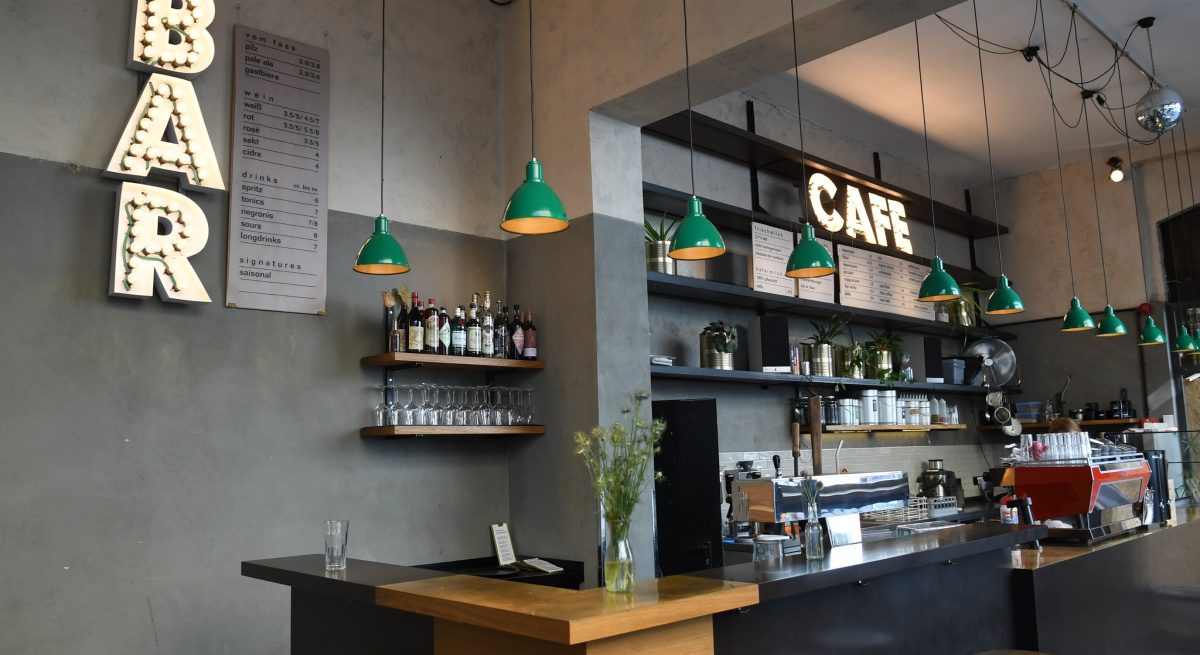Five Steps for Improving Restaurant Efficiency in 2020
3 Min Read By RJ Horsley
Now that the new year is here, it’s the perfect time for restaurant operators to review their 2019 performance and identify areas that can be improved in 2020.
By performing an honest assessment and diving deep into point-of-sale (POS) reporting, payroll data, online customer reviews, and various other analytics, even the most successful restaurant operators can identify areas that can be streamlined to cut costs, save time, and boost revenue in the new year. Here are five steps for doing just that.
1. Set Smart Goals
Significant growth always starts with smart goals that not only identify the areas for improvement but also define how to get there. Sometimes, problem areas that are ripe for improvement are pretty obvious, such as if there was a high turnover rate for employees over the last year. However, many other problems are less apparent and require pouring over data and reports.
Specifically, restaurant operators will want to look at data insights from their POS system, customer transactions, and payroll to identify 2020 goals. This should include a deep dive into employee clock-in and clock-out data and payroll filings to identify:
- Which employees are consistently working overtime (thereby cutting into profits), and
- Which shifts are overstaffed and under-staffed.
Additionally, restaurateurs will want to analyze their product mix, sales over time, and void reports to identify which items are selling, which aren’t, which are turning a profit, and which products are leading to losses due to underpricing or excessive returns.
2. Establish Efficient Processes
Once 2020 goals are nailed down, restaurant operators then need to implement them. In many cases, this simply comes down to establishing efficient processes to address each problem area, or refining existing processes if there are ones already in place.
Some common areas where creating a sound process can lead to improved efficiency include:
-
Menu audits
-
Employee scheduling
-
Employee time-off requests
-
New employee training
-
Escalation procedures for customer complaints
-
Pricing events for happy hours and special occasions
-
Deploying marketing campaigns
-
Responding to online reviews
3. Automate, Automate, Automate
Thanks to the availability of affordable software and other technology, many goals can best be reached by automating repetitive, time-intensive operations, such as with payroll processing and tip allocation. Performed manually, these tasks eat up dozens of hours from a high-level manager on a recurring basis.
However, this process can be automated by syncing employee-level data from the restaurant’s POS system to a payroll provider, freeing up the manager to focus on other important tasks and boosting efficiency.
Other areas that are easy to automate with the right software solutions include:
-
Online ordering with POS integration
-
Third-party delivery service integration with the restaurant’s POS system
-
Mobile phone manager alerts for voids and pricing event approvals
-
Reporting subscriptions
-
Online review monitoring and notifications
-
Customer email capture via a digital loyalty or marketing program
-
Deployment of marketing campaigns
4. Make Your Restaurant More Employee Friendly
As the job market continues to get more saturated in 2020, it’s critical for business owners to ensure they have a worker-friendly environment to attract—and keep—reliable employees. Establishing efficient processes and automating repetitive tasks is a great start. Having a fair employee schedule, for example, creates clarity for employees and their work hours.
Restaurant owners can then take it a step further by doing simple things like listening to employee concerns and providing growth opportunities, which can do wonders to improve worker morale and retention. Lastly, restaurant operators should strongly consider replacing part-time positions with full-time positions, which are often more desirable in today’s “gig economy” where workers often times work multiple jobs.
5. Leverage Your Restaurant’s Website
When it comes to growing revenue, the online world still offers the most potential to reach customers at a low price point. Like all businesses, a restaurant’s website is front and center to establishing an online presence. At the bare minimum, a restaurant website should state the name, location, business hours, and contact information for the restaurant. This makes it easy for consumers to find the business through an online search.
Restaurants should also strongly consider offering online ordering for pick-up or delivery to open a new revenue stream, as well as hosting a blog to improve their ranking in online searches.
These five steps provide an easily workable framework for restaurant owners to set the right types of goals and achieve them. When it comes down to it, even the most efficient restaurants can find room for improvement. By setting appropriate goals and following through on these actionable items, 2020 will be off to a great start for a year of growth and success.


